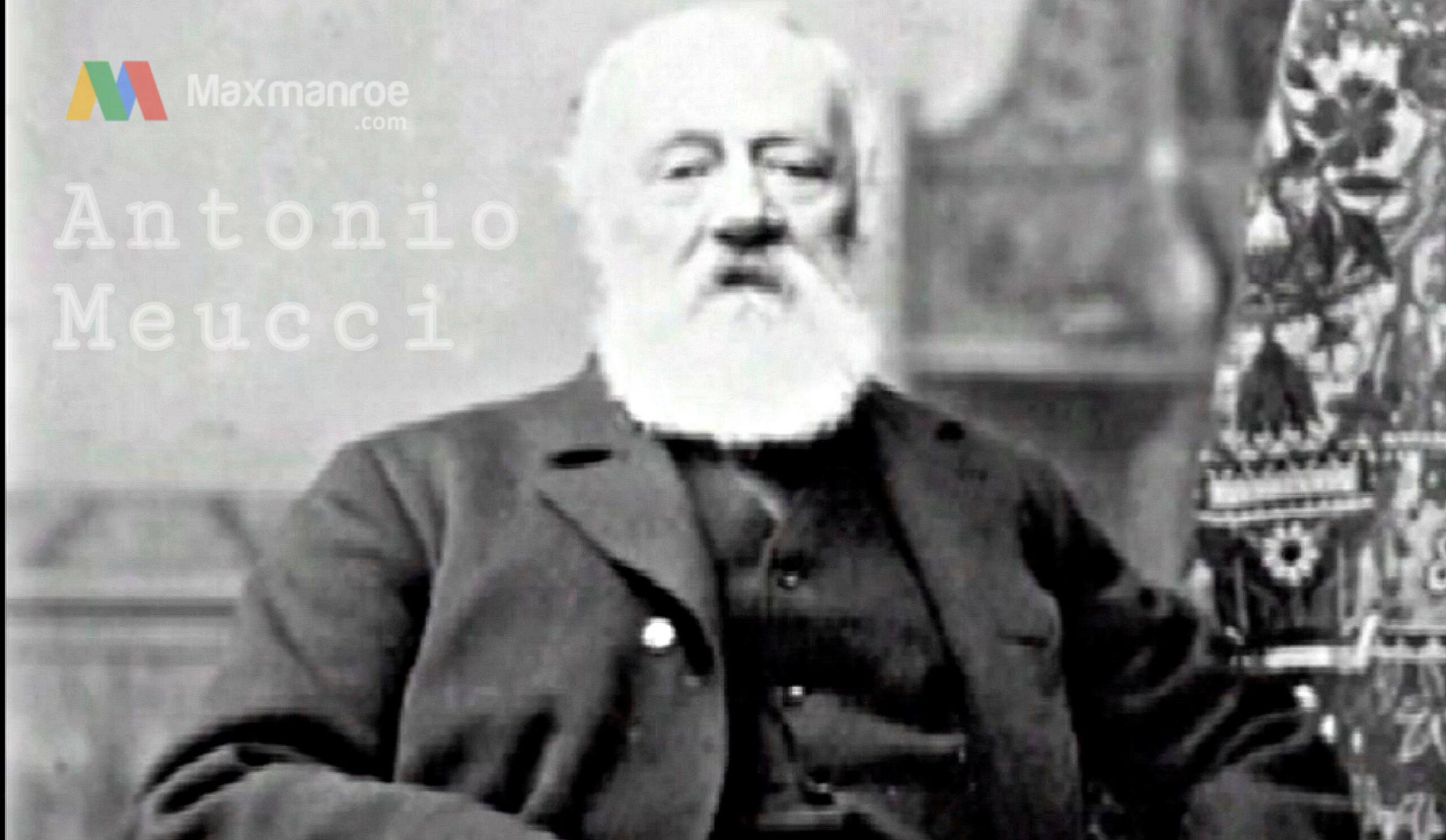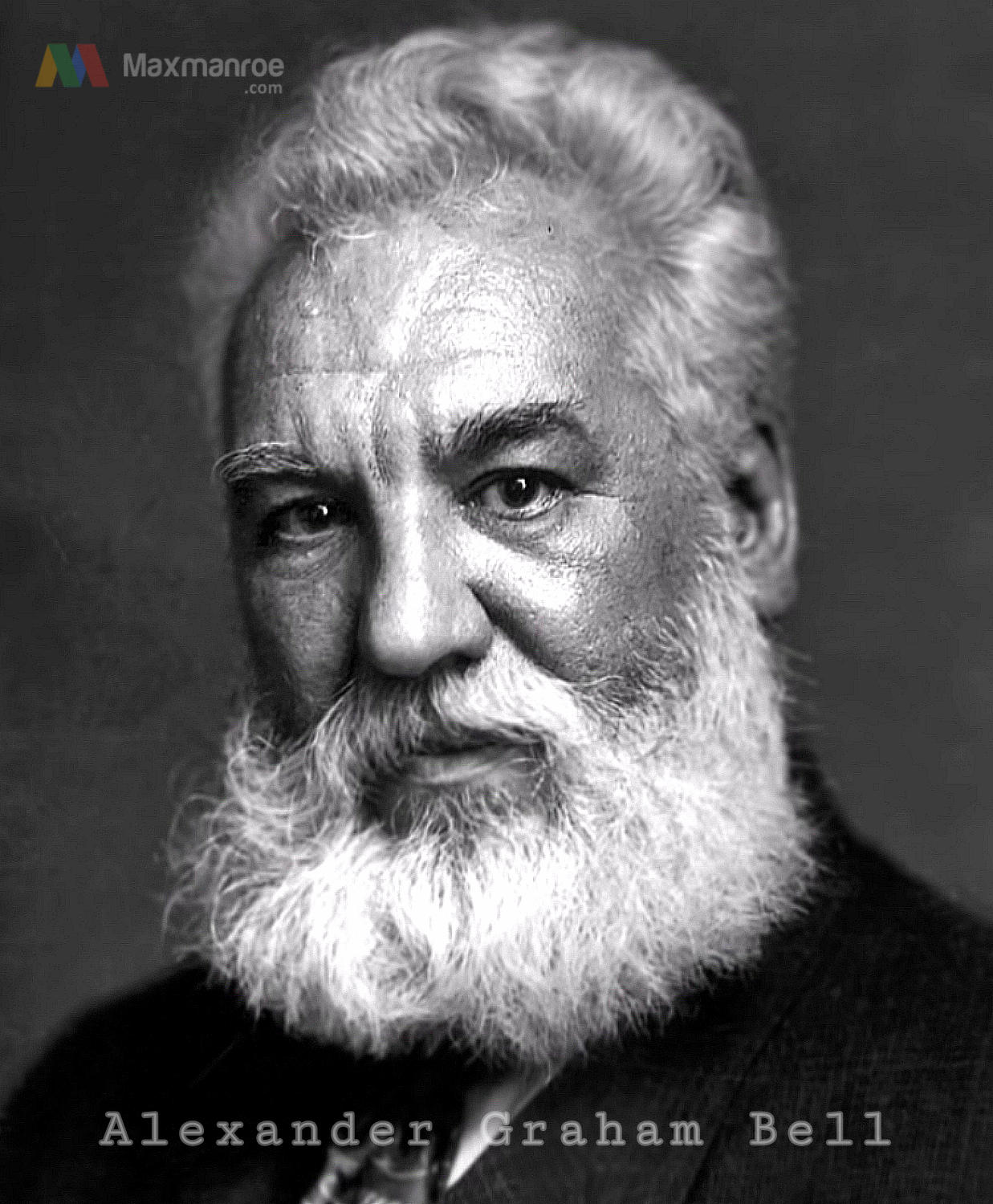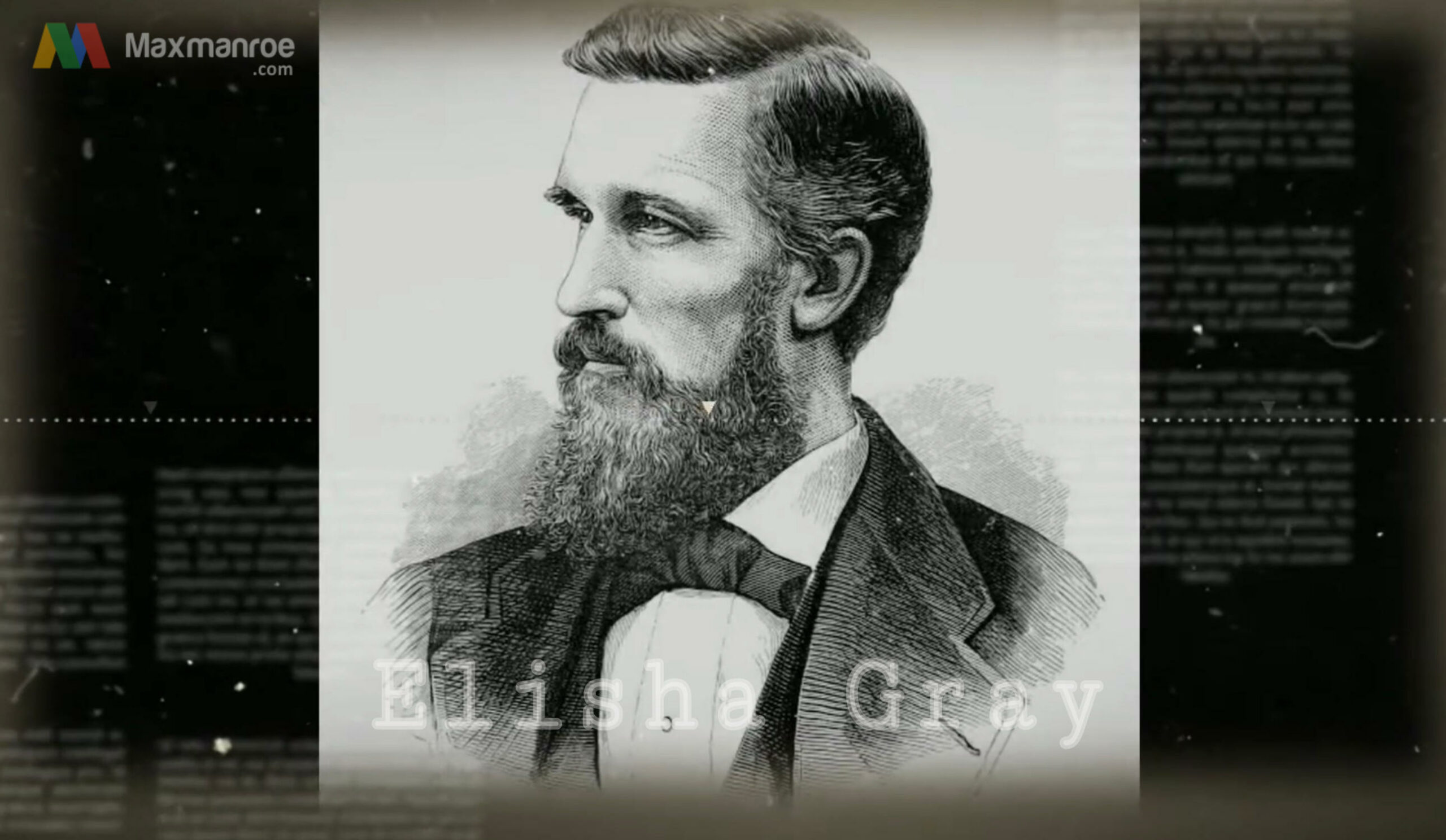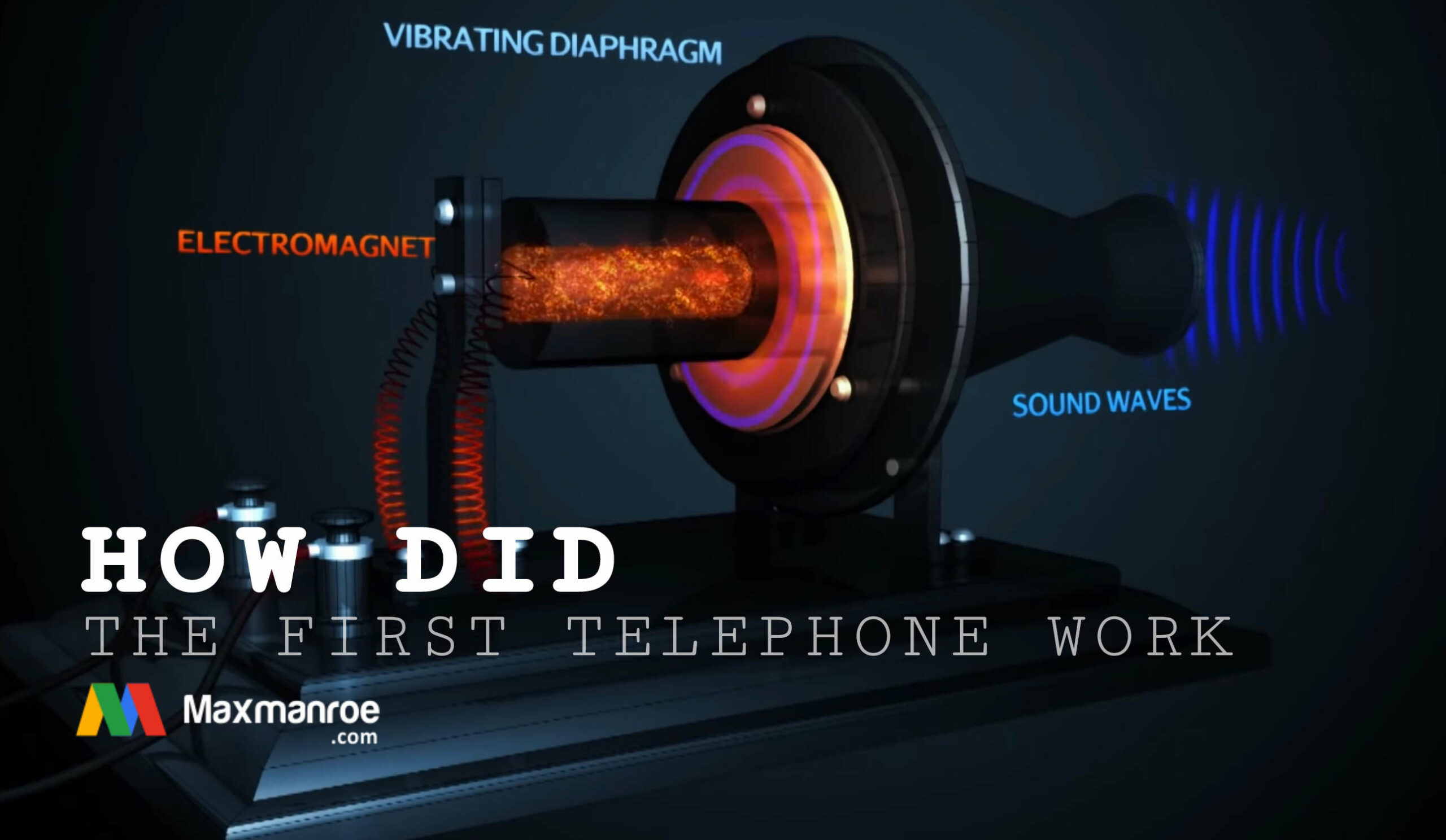Who Inventor Of Telephone | When we were in elementary school, we learned that the man who invented the telephone for the first time was named Alexander Graham Bell.
In fact, Alexander Graham Bell was just one of the figures who at that time won a copyright lawsuit along with several other figures who also claimed to be the inventors of the telephone, namely Antonio Meucci and Elisha Gray.
This article talks briefly about the actual inventor of the telephone for the first time, and also briefly discusses the three figures who claim to be the inventor of the telephone above, and why the name Alexander Graham Bell is known as the inventor.
Who Invented The Telephone
1. Antonio Meucci

Antonio Meucci is an Italian scientist in the field of voice communication. In 1857 he made an invention called the teletrophono, also known as the talking telegraph. In 1860, Meuccipublished his invention in New York City which later became one of the foundations for the birth of the Meucci version of the telephone.
The interesting thing is that Meucci developed this tool to connect people who are in the room of his house with his wife who is in the room and cannot go anywhere on her own because she is paralyzed.
After 10 years in development, Meucci succeeded in creating a teletrophonic model with the ability to transmit voice with a distance of 1 mile. A clear picture of this teletrophono model is written in his book entitled Memorandum Meucci.
At that time, this finding model was the latest finding of the telecommunications world. Meuccithen applied for a patent registration with the government but was constrained by financial problems that he could not afford.
In Antonio Meucci’s journal 2004, it is stated that the telecommunications system model on teletrophono uses a transmitter and receiver system. The transmitter delivers sound to the receiver through a wire wrapped around a magnetic iron. This magnetic iron produces electricity to transmit sound-shaped signals to the receiver.
In 1871, Meucci filed a patent at the U.S. Patent Office as the inventor of the teletrophono. However, he had to pay $250 to get the patent, but he could not afford it.
There is also another media where scientists make announcements for their various findings called caveat. However, he was also unable to renew the subscription fee at that time, namely in 1874.
As if unwilling to give up, Meucci also sent his findings to the major telegraph company at that time called Western Union. His greatest hope at the time was that he would get a chance to present his findings to Western Union officials, but he was turned down.
In fact, the prototype he sent was declared lost when he asked for it back from the company after he was declared rejected.*
2. Alexander Graham Bell

Alexander Graham Bell is widely recognized as the pioneering scientist responsible for inventing the telephone, a groundbreaking achievement in the field of communication. While some may contest this assertion, it is important to note that Graham Bell is officially registered as the inventor of the telephone in the United States.
A testament to his innovative prowess can be seen in the impressive list of patents he obtained throughout his lifetime, totaling no less than 18 distinct inventions. Undoubtedly, his most significant and impactful work was the development of the telephone.
Born on March 3, 1847, in Edinburgh, Scotland, Graham Bell hailed from a family of intellect and artistic talent. His father served as a professor at the esteemed University of Edinburgh, while his mother was a highly regarded pianist, admired for her musical skills during her era.
Inheriting his mother’s love for music, young Graham Bell developed a fondness for playing the piano, displaying a remarkable aptitude for it. Tragically, he experienced the loss of his two brothers who succumbed to tuberculosis, leaving a profound impact on his life.
Despite any controversies surrounding his invention, Alexander Graham Bell’s legacy endures, as he significantly transformed human communication and paved the way for countless technological advancements in the modern world.
Graham Bell’s early education was primarily nurtured through homeschooling, directly impartedby his own father. With a solid scientific foundation and innate talent, even as a young individual, he demonstrated his ingenuity by creating a homemade husk separator device.
Remarkably, his fascination with communication surfaced prominently during his adolescence, at the tender age of 16. At this juncture, he enrolled in the prestigious Royal High School before ultimately pursuing higher education at the esteemed University of Edinburgh upon completing his schooling.
In pursuit of new opportunities, Graham Bell and his family relocated to Canada before eventually deciding to settle in the United States. It was during his time in America that he actively contributed to his father’s efforts in educating children with hearing impairments, assisting in teaching them to communicate effectively. His father’s endeavor was materialized through the establishment of a specialized school dedicated to accommodating children with hearing loss.
This early exposure to teaching and assisting those with hearing challenges would later prove instrumental in shaping Graham Bell’s future endeavors and eventually leading to his groundbreaking invention of the telephone.*
3. Elisha Gray

Elisha Gray (1835-1901) was a well-established inventor in the field of telegraphy and maintained close ties with Western Union. Given his background, it was only natural for him to focus all his efforts on improving multiplex telegraphy. He successfully developed a functional system and received recognition by winning a prestigious prize.
However, according to American Professor of technology and historian David Hounshell, Gray faced a disadvantage due to his expertise. His deep involvement in the telegraphy industry and his fixed perspective on the world prevented him from envisioning the potential of a completely new system.
This limitation was akin to the president of Western Union, the largest telegraph company in the United States, who also failed to recognize the value of Alexander Bell’s telephone patent when it was offered to him in late 1876. The president dismissed it as a mere scientific toy, missing the revolutionary impact it could have.
Undeterred by Western Union’s disinterest, Alexander Bell took matters into his own hands and established his own company, the Bell Telephone Company. This decision sparked a legal battle over patent rights between Bell’s company and Western Union, which had acquired Gray’s patent. In the end, the Bell Telephone Company emerged victorious, securing a monopoly over telephone technology in the United States until the mid-1890s.*
How did the first telephone work

In 1876, Alexander Graham Bell unveiled his groundbreaking invention: the first telephone, a marvel of engineering that revolutionized communication. This innovative device operated on the principle of converting sound waves into electrical signals, fundamentally transforming the way people connected and interacted across long distances.
The telephone’s fundamental components included a diaphragm, magnet, and coil arrangement. When a person spoke into the apparatus, the sound vibrations caused the diaphragm to move. This movement, in turn, induced fluctuations in the magnetic field around the diaphragm.
The magic happened within the coil arrangement. As the magnetic field changed, it induced electrical currents in the coil. These electrical signals were then transmitted over a wire to a distant receiver.
At the receiving end, an identical setup awaited. The electrical signals traveled through the wire and reached the receiver’s coil. As the electrical currents passed through the coil, they generated corresponding fluctuations in the magnetic field.
This magnetic variation, in turn, affected the receiver’s diaphragm, causing it to vibrate and reproduce the original sound waves. This ingenious process allowed listeners to hear the transmitted voice with impressive clarity, facilitating effective communication over long distances.
Read more: Who Invented The Light Bulb: The Race to Light Up The World!
Thanks to Alexander Graham Bell’s remarkable invention, Inventor Of Telephone the era of long-distance communication began, forever changing the way people communicated and reshaping the course of history. From that point onward, the telephone opened up a world of possibilities and laid the foundation for the complex communication technologies we enjoy today.